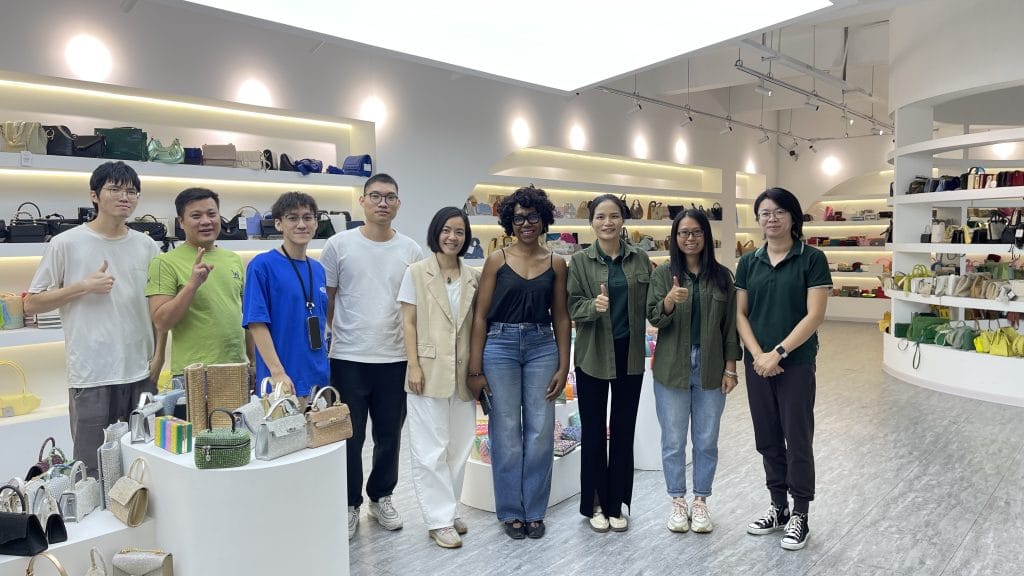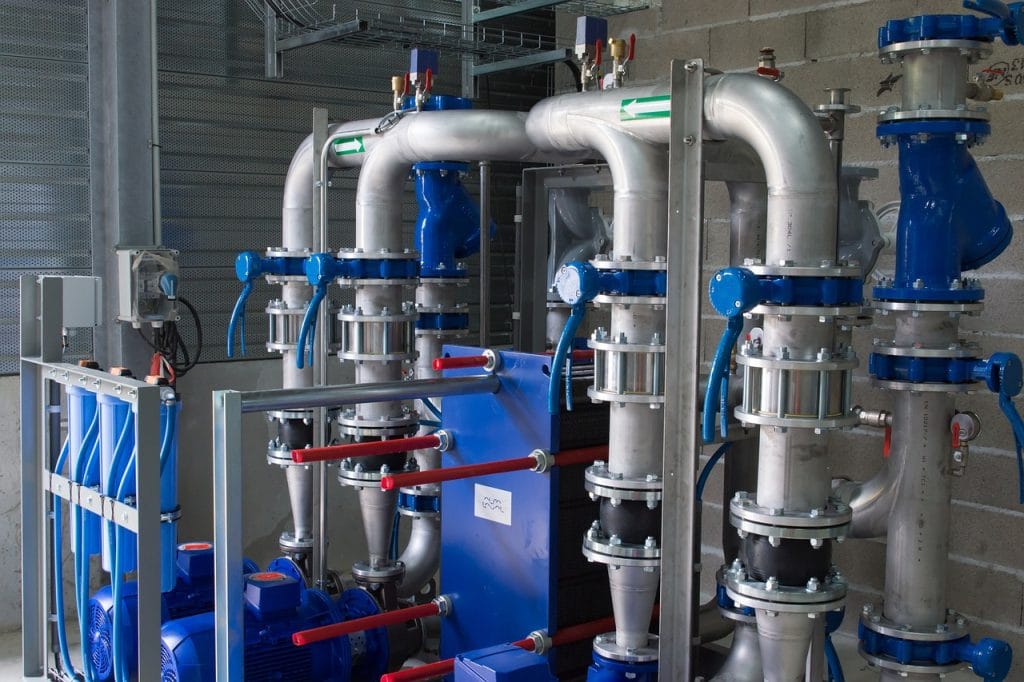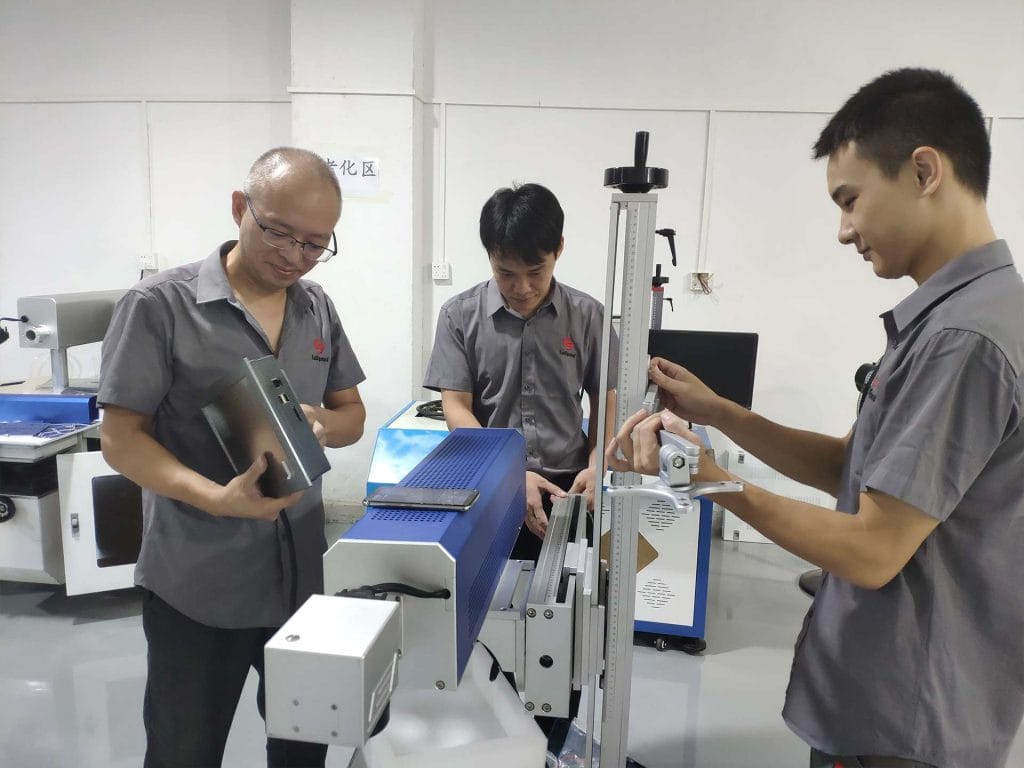“All Chinese products are cheap and low quality.” “You’ll never protect your IP in China.” “It’s impossible to source small orders.”
Sound familiar? If you’re researching sourcing from China, you’ve probably encountered these statements. As an experienced sourcing agency that’s helped hundreds of businesses navigate Chinese manufacturing, we’ve heard every misconception in the book – and we’re here to set the record straight.
Chinese Manufacturing Made Progress
Before we dive into specific myths, let’s set the scene. China’s manufacturing landscape has transformed dramatically over the past two decades. Remember those “Made in China” labels that were once synonymous with cheap trinkets? Today, those same factories are producing premium components for Apple, Tesla, and other global leaders in innovation.
Let’s break down the most common misconceptions we hear and reveal what’s really happening on the ground in China’s manufacturing sector.
Misconception 1: “Chinese Products Are Always Low Quality”
We recently worked with a client who was hesitant to Quelle aus China because they’d bought a poorly made phone case from a discount store in 2010. Here’s the reality: China is like any other manufacturing destination – you get what you specify and what you’re willing to pay for.
The truth is, China operates on a sophisticated tier system of manufacturing. At the top tier, you’ll find factories producing for luxury brands like Apple, BMW, and Nike. These facilities utilize state-of-the-art equipment and maintain rigorous quality control standards that often exceed Western requirements.
Take one of our clients in the medical device industry. Their Chinese manufacturer maintains ISO 13485 certification and produces devices that meet FDA standards. The key? Clear specifications, proper quality control processes, and choosing the right manufacturing partner.
Misconception 2: “Chinese Suppliers Are Unreliable”
This myth often stems from horror stories of unanswered emails and disappeared deposits. While these situations do occur (as they do everywhere), they’re far from the norm in professional Chinese business circles.
Modern Chinese suppliers understand the importance of reliability and communication. Many have internationally educated management teams and sophisticated CRM systems. One of our long-term partners in Shenzhen sends weekly video updates of production progress and maintains 24/7 WeChat support for their clients.
The key to reliability lies in proper verification and relationship building. Just as you wouldn’t hire an employee without checking references, you shouldn’t partner with a supplier without proper due diligence.
Misconception 3: “Everything in China Is Cheap”
Here’s a reality check: China isn’t the cheapest manufacturing destination anymore. Labor costs have risen significantly, and many low-cost operations have moved to countries like Vietnam and Bangladesh.
What China offers instead is unmatched value for money. Consider this real example: One of our clients initially chose a Vietnamese supplier because their quote was 15% lower than the Chinese alternative. However, the total cost ended up being higher due to quality issues, longer production times, and additional QC requirements.
The real cost advantage in China comes from:
- Mature supply chains that reduce material costs
- Efficient production processes that minimize waste
- Experienced workers who ensure higher quality
- Advanced infrastructure that speeds up delivery
Misconception 4: “Language Barriers Make Business Impossible”
“But I don’t speak Chinese!” We hear this concern constantly. The reality? While language differences exist, they’re rarely a significant barrier to successful sourcing.
Most established Chinese suppliers have English-speaking staff in their export departments. Additionally, modern technology has made communication easier than ever. We regularly use tools like WeChat’s built-in translation feature for quick communications, and professional interpreters for important negotiations.
One of our clients successfully manages their entire supply chain through a combination of email, translated WeChat messages, and monthly video calls with their supplier’s English-speaking project manager.
Misconception 5: “Intellectual Property Is Never Protected”
China has made enormous strides in IP protection. In 2020, Chinese courts handled more than 460,000 IP cases, with foreign plaintiffs winning the majority of their cases. Major cities like Shenzhen now have specialized IP courts, and penalties for violations have increased significantly.
One of our clients in the consumer electronics sector successfully defended their patent against a local competitor in Guangzhou’s IP court. The process was transparent, professional, and resulted in a favorable judgment within six months.
The key to IP protection in China is being proactive:
- Register your IP before entering the market
- Work with legally compliant suppliers
- Use proper contracts and NDAs
- Monitor the market for violations
Misconception 6: “Small Orders Are Impossible”
While it’s true that many Chinese factories prefer larger orders, the market has evolved to accommodate smaller buyers. We regularly help clients source orders well below traditional MOQ (Minimum Order Quantity) requirements.
For example, we recently helped a startup cosmetics brand source 500 units of custom packaging – a quantity that would have been impossible a decade ago. The secret? Working with the right suppliers and understanding how to negotiate MOQs effectively.
Misconception 7: “You Must Be There in Person”
While factory visits are valuable, modern technology and professional sourcing agents make it possible to source successfully without frequent trips to China. During the recent global travel restrictions, we helped dozens of clients launch new products without ever visiting their manufacturers.
Our virtual factory tours, detailed video inspections, and professional quality control services ensure our clients maintain oversight of their production without the need for constant travel.
The Future of Chinese Manufacturing
China’s manufacturing sector continues to evolve. We’re seeing increased automation, stronger environmental standards, and a focus on innovation rather than imitation. Chinese factories are investing heavily in smart manufacturing technologies and sustainable practices.
Getting Started the Right Way
Success in Chinese sourcing comes down to three key elements:
- Working with verified suppliers
- Maintaining clear communication
- Implementing proper quality control
At Asian Sourcing Group, we’ve helped hundreds of businesses navigate these challenges successfully. Whether you’re sourcing your first product or looking to optimize your existing supply chain, understanding these realities about Chinese manufacturing is the first step toward success.
Ready to Start Your Sourcing Journey?
Don’t let outdated misconceptions hold your business back. China’s manufacturing sector offers unprecedented opportunities for businesses of all sizes. With the right partner and approach, you can access world-class manufacturing capabilities while maintaining quality and protecting your intellectual property.
Contact Asian Sourcing Group today for a free consultation. Let us help you separate fact from fiction and build a successful sourcing strategy for your business.
Remember: In today’s manufacturing landscape, success isn’t about where you source – it’s about how you source. Let us show you how to do it right.







-300x198.png)